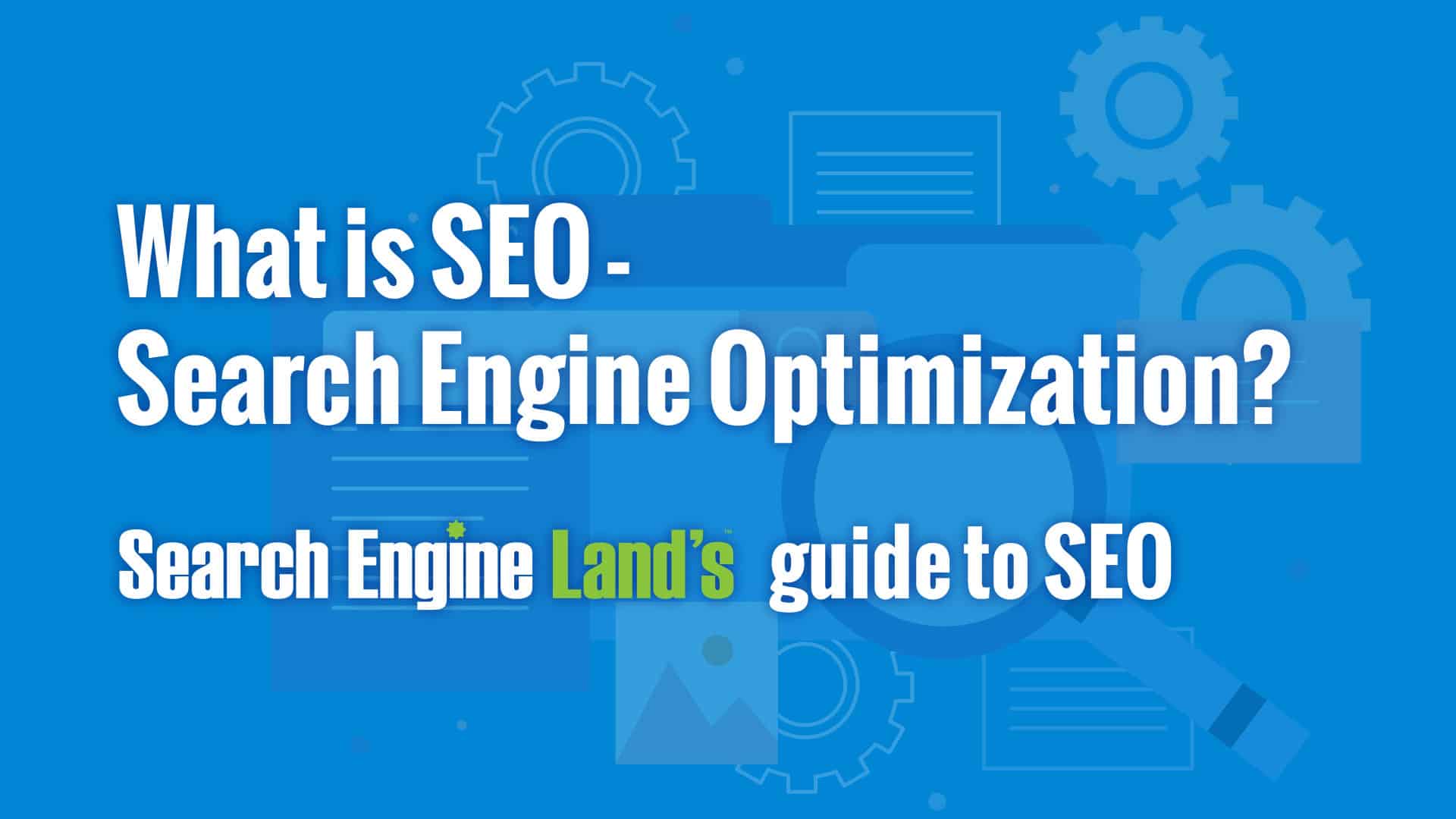Understanding the Duty of Customer Experience in Modern SEO Practices
In an era where electronic visibility can make or damage a service, comprehending the intersection between user experience (UX) and modern-day SEO methods is more vital than ever. As search engines progress, they significantly focus on websites that provide seamless, interesting experiences to individuals. How do these components precisely influence search positions?
The Evolution of SEO
Over the years, the landscape of seo (SEARCH ENGINE OPTIMIZATION) has actually undergone substantial change, showing the dynamic nature of digital technology and individual actions. Search engine optimization was mostly about keyword stuffing and link-building methods, concentrating greatly on adjusting search engine formulas to boost website rankings. Nevertheless, as online search engine came to be extra innovative, these strategies started to lose efficiency and relevance.

In addition, mobile optimization and voice search have actually ended up being important elements of SEO techniques. With the proliferation of smart devices, guaranteeing internet sites are mobile-friendly has actually come to be a necessity. Voice search, driven by digital aides like Siri and Alexa, has actually even more shifted SEO practices in the direction of natural language handling and conversational material.
Fundamentally, the evolution of search engine optimization shows a wider pattern towards boosting user satisfaction by aligning digital material with the nuanced assumptions of contemporary customers.
Secret UX Components in SEO
In the world of search engine optimization, key individual experience (UX) aspects are critical for improving both user satisfaction and search engine positions. Websites maximized for mobile use not only promote a seamless individual experience however also align with Google's mobile-first indexing technique.
Clear call-to-action (CTA) buttons assist users towards preferred actions, boosting conversion rates. Availability can not be ignored; guaranteeing that material is available to users with disabilities broadens reach and complies with internet criteria. Incorporating these UX components successfully supports Search engine optimization initiatives by advertising individual retention and helping with search engine understanding of website content.
Influence of Website Speed
While often undervalued, the influence of site rate on individual experience and search engine optimization can not be overemphasized. In today's busy electronic atmosphere, users anticipate internet sites to fill swiftly and efficiently. Google has identified this demand, incorporating site speed as a vital ranking consider its search formulas. A slow-loading site can bring about raised bounce prices, as users are most likely to abandon a site if it takes greater than a few secs to load. As a result, this not just affects individual engagement however also reduces the site's presence in online search engine results pages (SERPs)
Additionally, site speed straight influences conversion prices and user contentment. Research study shows that also a one-second hold-up in web page click over here lots time can lead to significant decreases in consumer fulfillment and conversion likelihood. This emphasizes the requirement for businesses to focus on website rate optimization as component of their SEO approach. Reliable steps include enhancing pictures, leveraging web browser caching, and lessening HTTP requests. By addressing these technological aspects, websites can improve their rate, therefore enhancing user experience and boosting their SEO performance. Inevitably, spending in site speed is buying both customer fulfillment and internet search engine presence, vital aspects in the electronic industry.
Mobile-Friendliness Relevance
Adapting to mobile-friendliness has ended up being an important component of reliable search engine optimization practices. As smart phones significantly dominate web use, search engines like Google have actually moved towards mobile-first indexing, indicating the mobile version of a site is focused on in ranking formulas (seo adelaide). Mobile-friendliness is not merely a fad yet a need in enhancing a website's online search engine efficiency

In addition, mobile-friendliness impacts neighborhood SEO considerably. As customers frequently search for local information on-the-go, having a mobile-optimized website boosts exposure in regional search results, driving foot web traffic and conversions for businesses. Internet sites that fail to her response prioritize mobile-friendliness danger losing on valuable traffic, as customers are less likely to involve with sites that are challenging to browse on their mobile devices. As a result, incorporating mobile optimization into search engine optimization approaches is important for maintaining competitive benefit in the digital landscape.
Enhancing Navigation for Search Engine Optimization
As companies acknowledge the need of mobile-friendliness in SEO, another pivotal facet arises: enhancing navigation - seo adelaide. Effective navigating is crucial as it straight influences user experience (UX), which look engines progressively prioritize. A well-structured website makes sure that individuals can easily locate the content they are trying to find, minimizing bounce rates and raising dwell time, both of which are essential search engine optimization metrics
To improve navigation, sites have to adopt a logical pecking order that overviews customers perfectly through material. This includes clear, concise food selection labels and an intuitive format, which jointly simplify the individual trip. Using breadcrumb tracks can further help customers in recognizing their place within a site, promoting a feeling of positioning and control.
Along with assisting UX, structured navigating enables internet search engine spiders to index content extra successfully, enhancing presence in search engine result. Carrying out inner connecting methods can also boost SEO by dispersing web page authority and advertising content discoverability. Guaranteeing navigation is responsive throughout gadgets assurances that individuals enjoy a constant experience, important in today's multi-device globe. Eventually, enhancing navigating is not simply regarding visual appeals; it is a tactical approach to optimizing both user involvement and online search engine performance.
Verdict
Incorporating individual experience right into modern-day SEO practices is extremely important for optimizing online search engine positions and enhancing web site performance. As internet search engine prioritize user intent, crucial elements such as website speed, mobile-friendliness, and instinctive navigation play an essential duty in meeting user expectations. By focusing on these elements, internet sites can decrease bounce prices and increase engagement, lining up electronic material with customer needs. This strategic placement inevitably causes boosted presence and higher conversion prices in a progressively competitive digital setting.
In the world of search engine optimization, key customer experience (UX) elements are vital for improving both customer contentment and search engine positions. Integrating these UX elements successfully sustains SEO initiatives by advertising individual retention and assisting in search engine understanding of site web content.
As customers usually look for neighborhood information on-the-go, having a mobile-optimized website boosts visibility in local search outcomes, driving foot traffic and conversions for services.Integrating individual experience into contemporary Search engine optimization practices is paramount for enhancing search engine positions see this and enhancing website efficiency. As search engines prioritize individual intent, critical elements such as site speed, mobile-friendliness, and instinctive navigating play an essential role in conference individual assumptions.